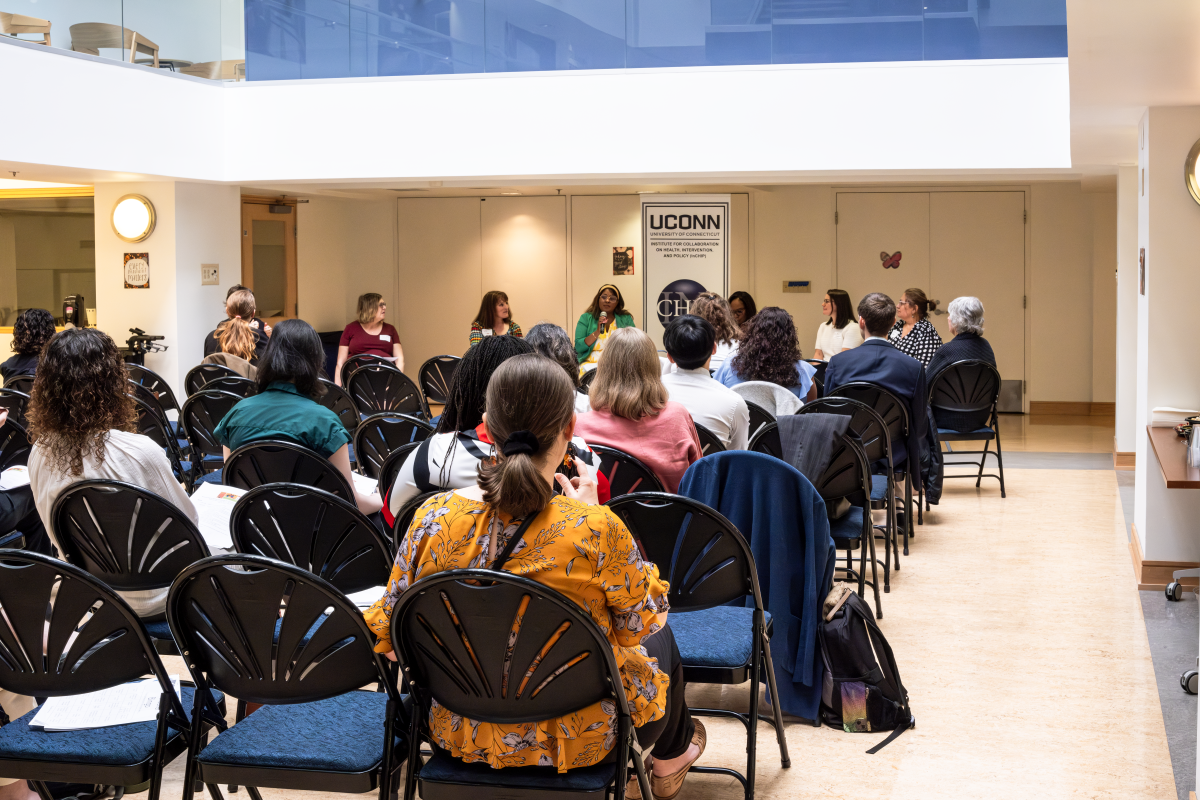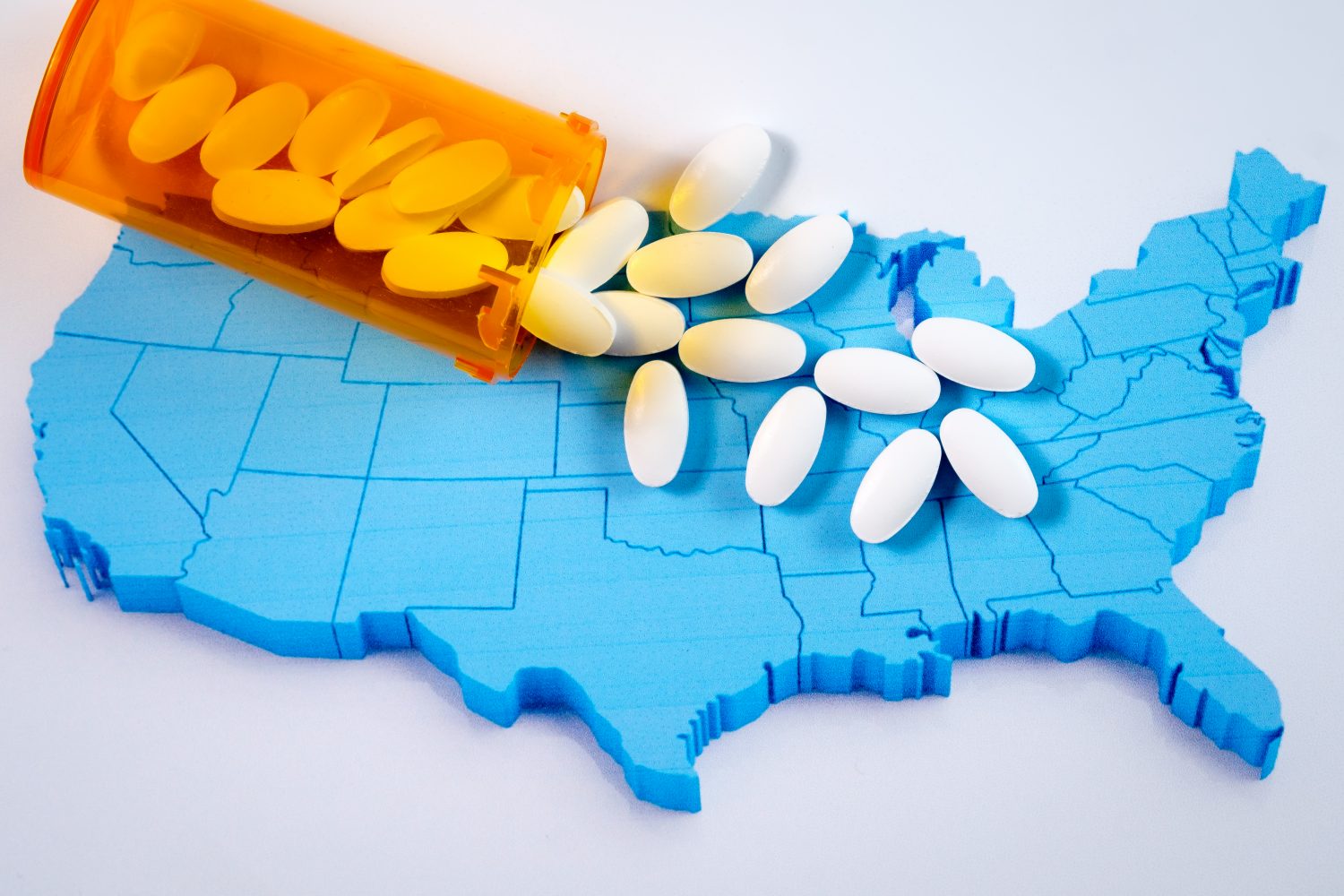
When you come back from vacation with your skin bronzed from relaxing in the sun, you’re likely to hear someone describe you as having a “healthy tan.”
But it’s highly unlikely you’ll ever hear a dermatologist use those words.
“When you get a tan, your skin is screaming out, ‘Stop!’” says Dr. Jane Grant-Kels, a UConn Health dermatologist and nationally recognized skin cancer expert. “It’s creating color to protect itself. There really is no such thing as a safe or healthy tan.”
American physicians diagnose approximately five million skin cancers a year, many of which could have been prevented, albeit years ago, by taking steps to reduce exposure to the sun’s ultraviolet rays.
Sun Safety Steps
Don’t skimp on the sunscreen: Start with at least 1 ounce (think shot glass) to cover your entire skin surface. And you’ll need to reapply every two hours, or sooner after swimming or heavy perspiration. “That means a tube of sunscreen shouldn’t last a whole summer; it should last probably a weekend if used properly,” Grant-Kels says. “And it doesn’t give you permission to lay in the sun all day.”
Preferred products: Use sunscreens with a sun protection factor (SPF) rating of at least 30 (SPF goes up to 100, which is more protective than 30, but not three times as protective, so don’t pay three times the price). “I recommend a total block, which means UV-A and UV-B, and water-resistant,” Grant-Kels says. Creams are better than lotions, wipes or sprays. And if you’re concerned about the environment, use physical sunscreens that deflect the sun’s rays, such as those that contain zinc oxide or titanium dioxide, rather than the chemical sunscreens that absorb the sun’s rays.
What to Wear: Sun-protective clothing is now available – some even have an SPF rating. They’re usually tightly woven but lightweight with ventilation. And you don’t have to re-apply, which gives them an advantage over sunscreens. Even some bathing suits are made from sun-protective fabric. “And wearing a hat with a 4-inch brim is, I think, mandatory, especially for people when they’re outdoors for long periods of time,” Grant-Kels says.
Skin Surveillance
Another preventive step is self checks, monitoring your skin for new or changing discolorations. A simple way to remember the characteristics of suspicious lesions is to keep the first five letters of the alphabet in mind.
- A is asymmetry.
- B is border. Is it a well-defined border or an irregular border?
- C is color. A lesion should be one or two colors at most. “When there are three or more colors, we get a little concerned,” Grant-Kels says.
- D is diameter. Is the lesion greater than 6 mm (think pencil eraser)? Or is it growing?
- E is evolving. Malignant lesions tend to change and grow over time.
Is It Cancerous?
At UConn Health, ruling out skin cancer is now bladeless and therefore painless, thanks to an alternative to a skin biopsy known as reflectance confocal microscopy. It replaces the scalpel with a low-energy laser, resulting in a detailed image of the skin rather than surgically removing a piece of the skin.
“It allows us to look at the skin on a cellular level without actually cutting into the skin, or hurting the patient or leaving a scar,” Grant-Kels says. “The goal of a dermatologist is to biopsy a skin cancer, not to biopsy something that mimics a skin cancer, which, although you don’t know it at the time, ends up being an unnecessary biopsy. The confocal gives you that ability. It either eliminates a procedure, or reduces two procedures down to one, which I view as a great success.”
Grant-Kels estimates the use of confocal has reduced the unnecessary biopsy rate by 60% to 70% in the UConn Health Department of Dermatology.
May is National Skin Cancer Detection and Prevention Month, with the first Monday designated as Melanoma Monday.
More information about dermatology at UConn Health is available at health.uconn.edu/dermatology or by calling 860-679-4600.



